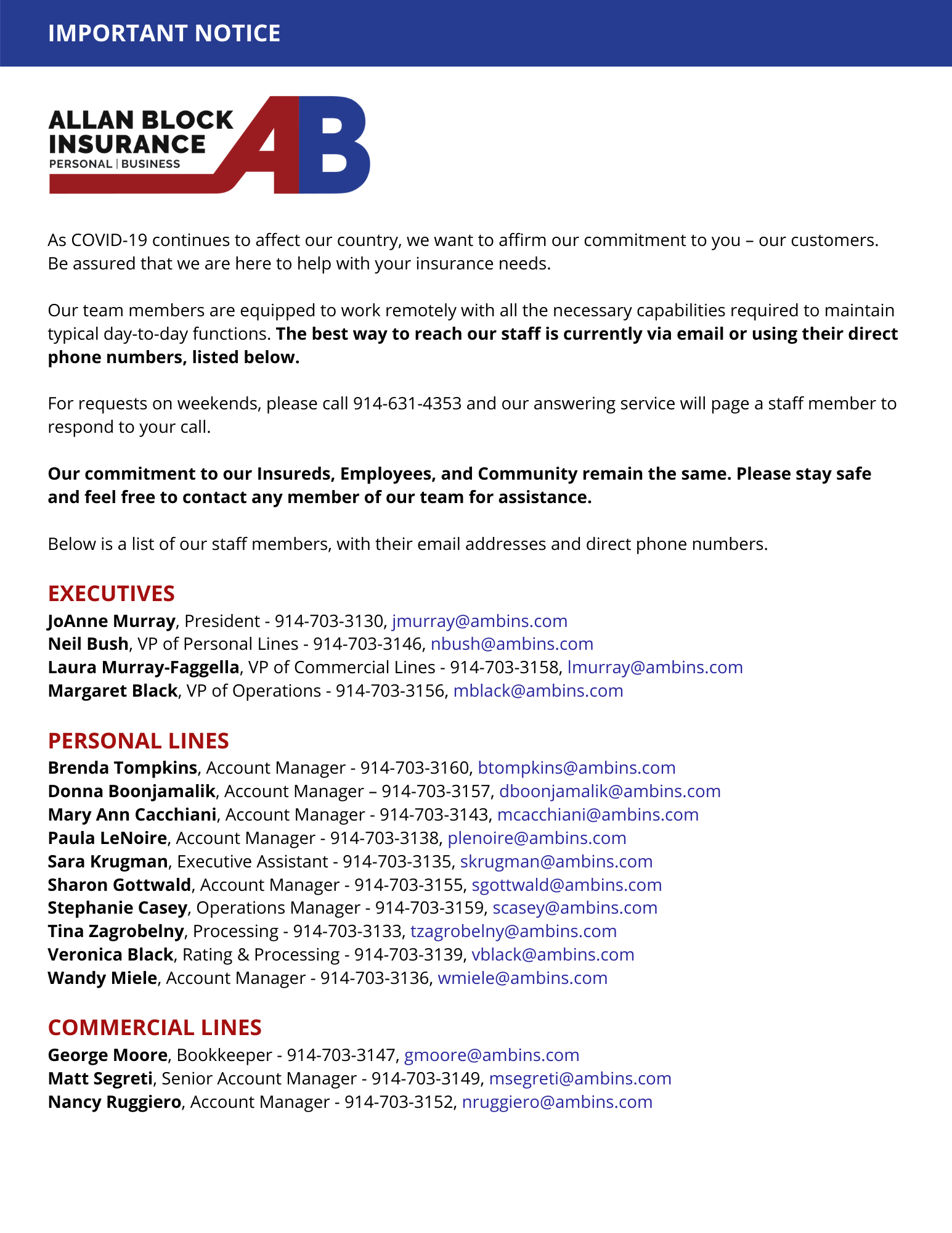If you’re a business owner, and not very experienced in the insurance industry, you’ve probably read your commercial auto policy and had the impression that it was written in an entirely different language. Don’t feel bad, you’re not alone; it really is its own unique language.
Coverages on these policies are represented by “Symbols” which are actually numbers. “But why?” you ask, with the gaze of a deer in headlights. Since the policy might apply different coverages to specific vehicles rather than policy-wide, it serves as a kind of “short-hand” as opposed to writing a different policy for each vehicle.
Now if you’re running the local deli and just have two catering vans, all of this might seem like overkill. However, these policy forms make up the foundation of ANY commercial auto policy, so the trucking operation two blocks away with 34 vehicles (driven by many of your regular lunch customers) has an insurance specialist who definitely appreciates the symbol system.
That being said, let’s give it a quick overview, so you have a better idea of what you’re paying for:
Symbol 1 – This is the Prime Rib of commercial auto policies. It means your policy provides liability coverage for ANY Auto you might be involved with. Owned, hired, rented, borrowed, newly purchased, any of the above are ok. It’s only used for liability though, so if you have this coverage, there will be different symbols for your physical damage.
Symbol 2 – This applies liability (or physical damage) coverage to all vehicles that you, the Named Insured, own. It can be written in conjunction with other symbols, but can also be used to limit coverage if your carrier is concerned about your employees regularly using their personal vehicles.
Symbol 3/4 – These symbols restrict coverage to either Owned Private Passenger vehicles (3) or Owned Commercial vehicles (4). If you have both, there’s a good chance you’ll see a 3 next to Full Glass Coverage if your carrier offers it, as typically it’s limited by many carriers to only private passenger vehicles. This can sometimes be the case with Towing as well.
Symbol 5 – This provides No-Fault coverage (in New York this includes Personal Injury Protection, or PIP) to any vehicle required by law to carry it.
Symbol 6 – This is the same as 5, but for Uninsured or Underinsured Motorist coverage. This is also a required coverage in New York State.
Symbol 7 – Here’s where things get a bit more precise: This symbol extends coverage only to Specified Autos, named on your policy declarations. If you have this symbol, and purchase or lease a new vehicle, it needs to be added within 30 days in order for coverage to apply. It’s very common to see this symbol used for physical damage coverages, as it limits the coverages to specified vehicles, which in turn limits the carrier’s risk.
Symbol 8 – Hired Autos: Coverage extends to vehicles hired, rented, borrowed, or leased from any third-party outside of your organization. Some commercial auto policies also include physical damage coverage for these vehicles.
Symbol 9 – Non-Owned Autos: Coverage extends to vehicles used for your business that aren’t owned by it. The most common example would be an employee using their personal vehicle to run an errand. The policy looks at this as your company borrowing a vehicle it doesn’t own.
These are the main symbols you will see on your policy, though the list continues. You might encounter other symbols, especially if your business uses mobile equipment like a forklift (Symbol 19), or if policy includes coverage for Garagekeepers Liability, possibly as a car dealer (Symbol 31). Your policy should come with a form to reference these symbols and their meanings, and I recommend that you consult it for any symbols above 9.
Of course, I’d also say that the best way to ensure you can decipher the symbols in your policy is to call or email us today and speak with your account manager. Free translations are available, as we are fluent in the language of Insurance.



